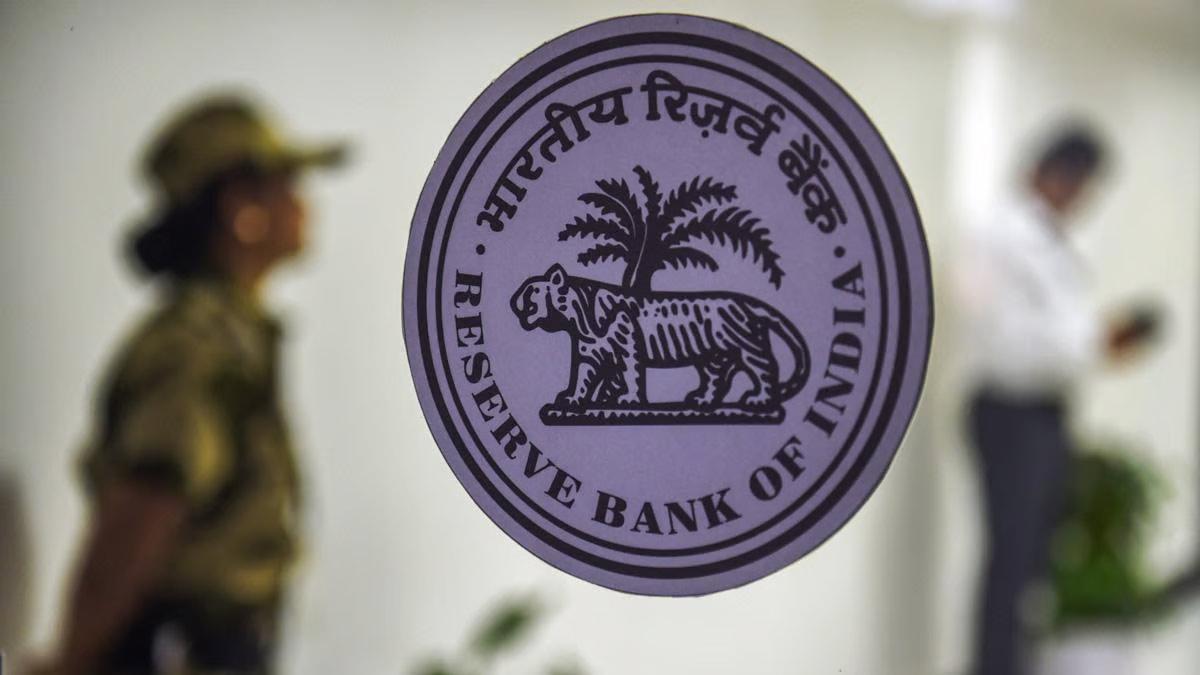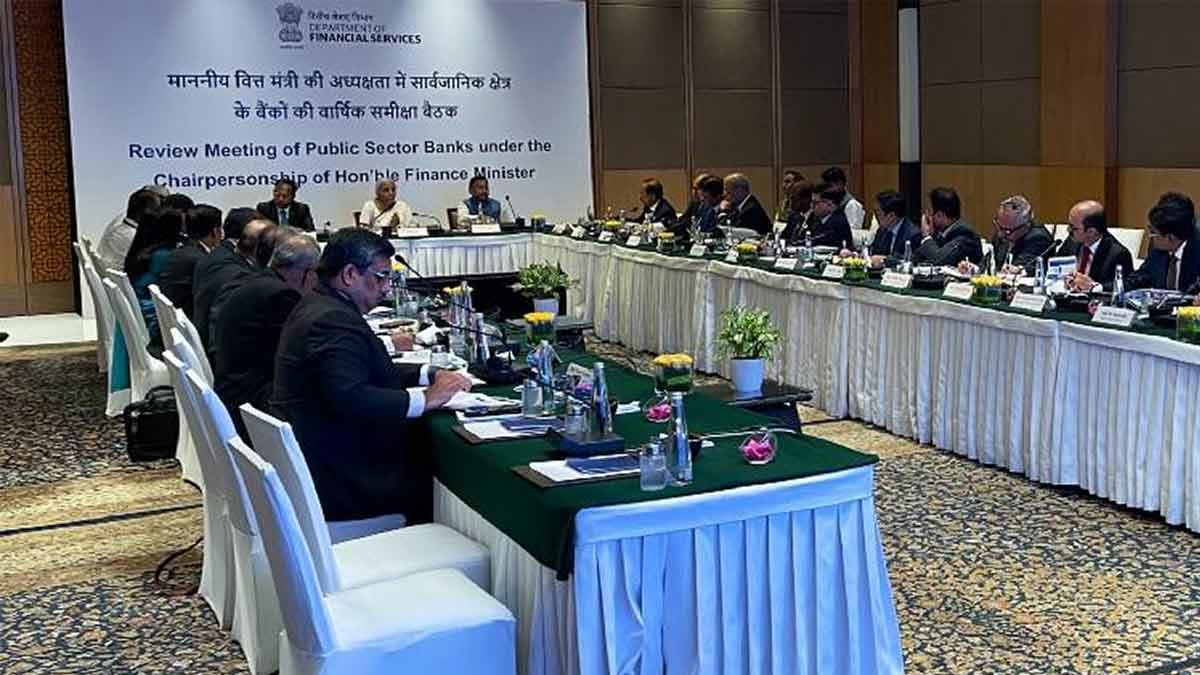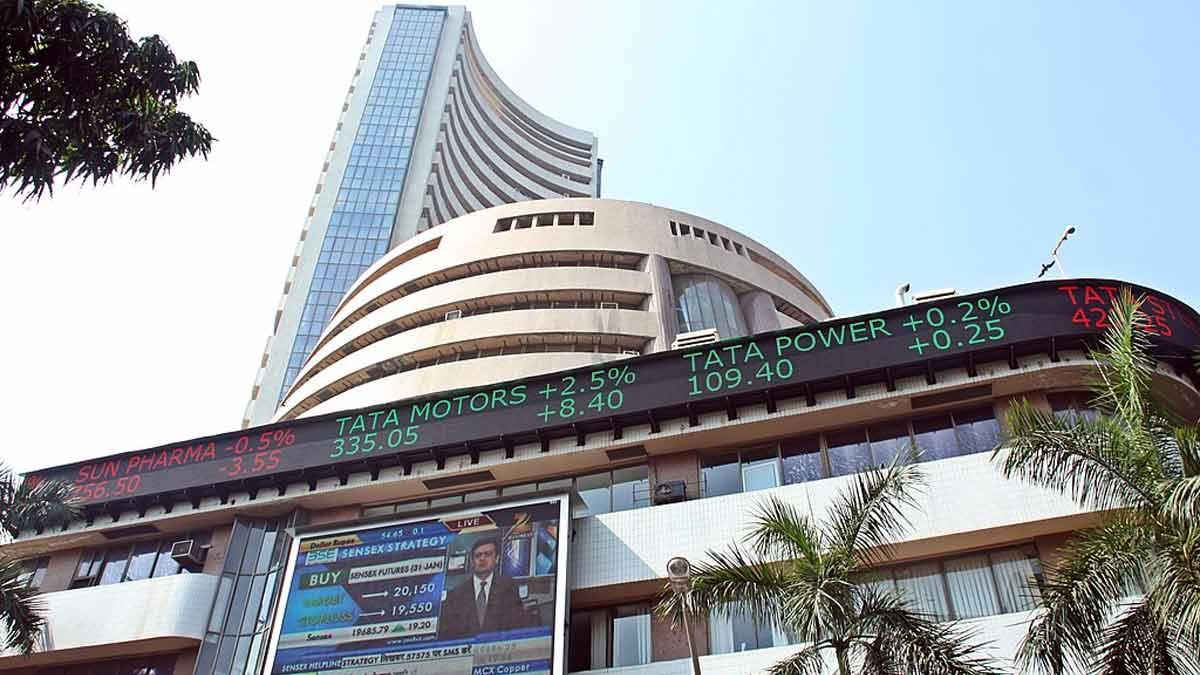The Reserve Bank of India (RBI) has highlighted the state of household debt in India, emphasizing that despite recent increases in financial liabilities, the country's household debt remains lower compared to other emerging market economies (EME). This low level of household debt, according to the RBI's financial stability report, indicates limited risks of defaults, particularly due to higher mortgage payments and floating-rate interests in India.
The report observes that the current household debt in India doesn't pose a systemic concern, offering a relatively stable financial landscape. Despite a surge in gross household financial savings to 15.4% of GDP in the pandemic peak year of 2020-21, subsequent years witnessed a decline, reverting to pre-pandemic levels around 11.0% (an average from 2011-12 to 2019-20).
Although gross household financial savings expanded by 13.9% year-on-year in 2022-23, household net financial savings (HNFS) experienced a significant drop to 5.1% of GDP, well below its long-term average of 7.0-7.5%. This decline in HNFS was propelled by a notable increase in financial liabilities from 3.8% of GDP to 5.8% in 2022-23, while financial assets slightly moderated.
The surge in financial liabilities primarily stemmed from heightened borrowings from financial institutions, notably for physical asset creation like mortgages and vehicles. Despite this, overall household savings could remain stable, albeit with a shift toward physical savings, contributing to gross capital formation and potentially boosting private investment and economic growth prospects.
Recent data also indicate a positive trend, with HNFS showing signs of normalization towards the pre-pandemic long-term trend, rising to 7.0% of GDP in Q4:2022-23 from 4.0% in the previous quarter. Additionally, household debt levels in March 2023 moderated to 37.6% of GDP from its peak in March 2021.
Overall, the RBI's assessment suggests that while there's been an uptick in financial liabilities, India's household debt remains relatively manageable, with measures indicating a stable financial scenario and positive indicators of gradual normalization towards pre-pandemic trends.
(With Agency Inputs)
ALSO READ | RBI's New Directive Aims to Facilitate Recovery of Unclaimed Bank Deposits
ALSO READ | RBI Increases SBI, HDFC Bank Weight in 'Too Big to Fail' List


















